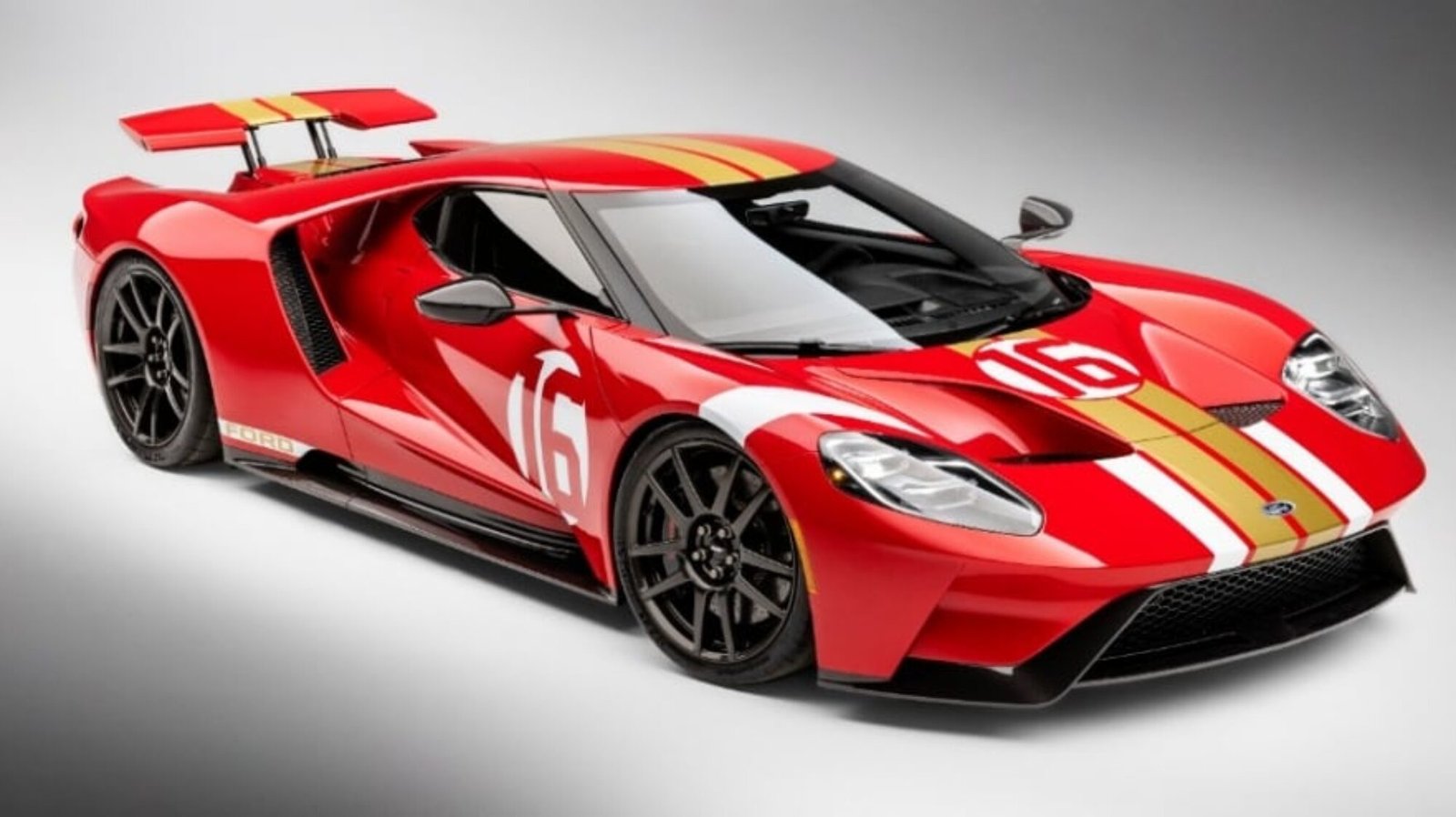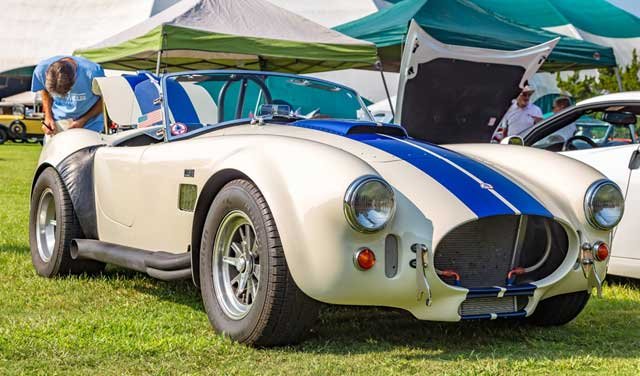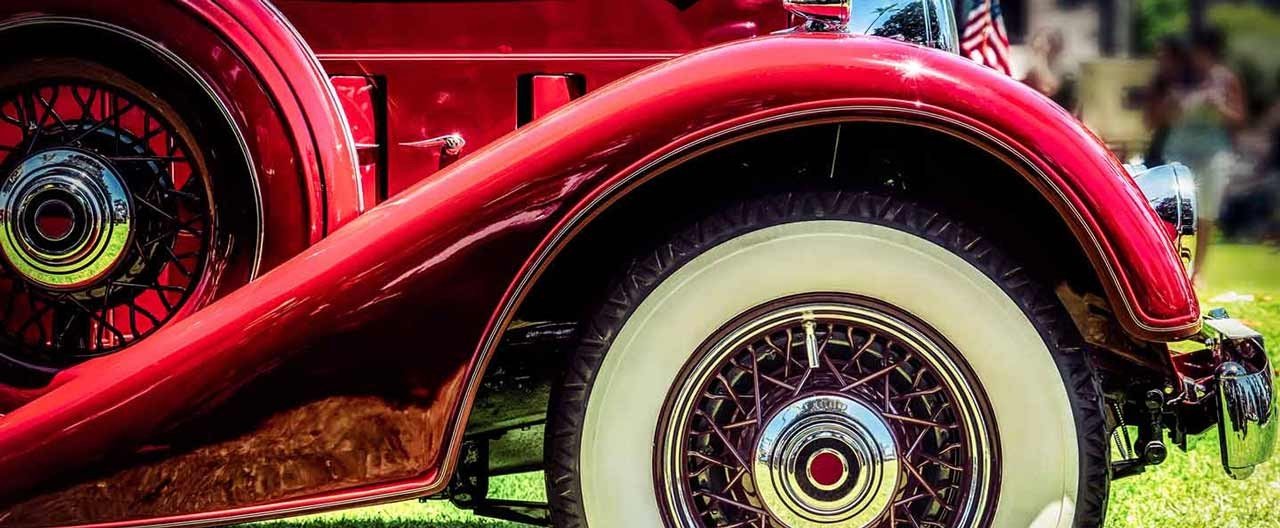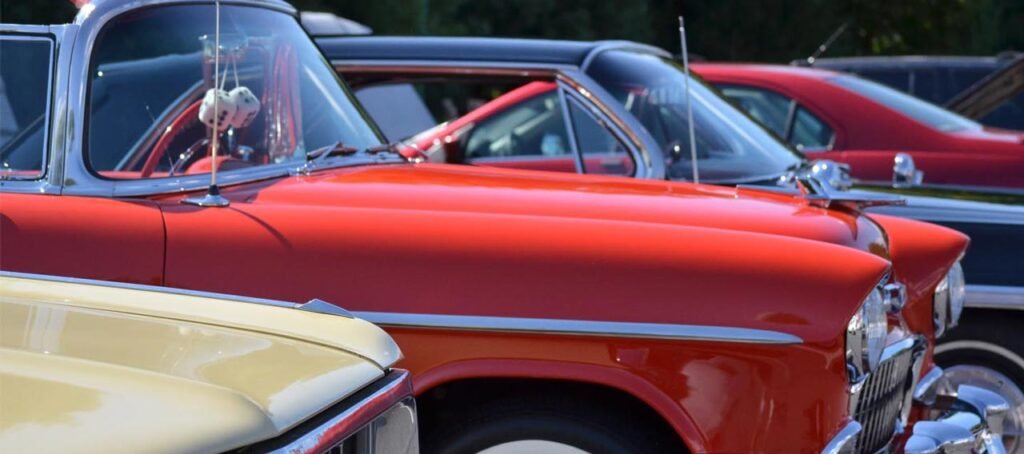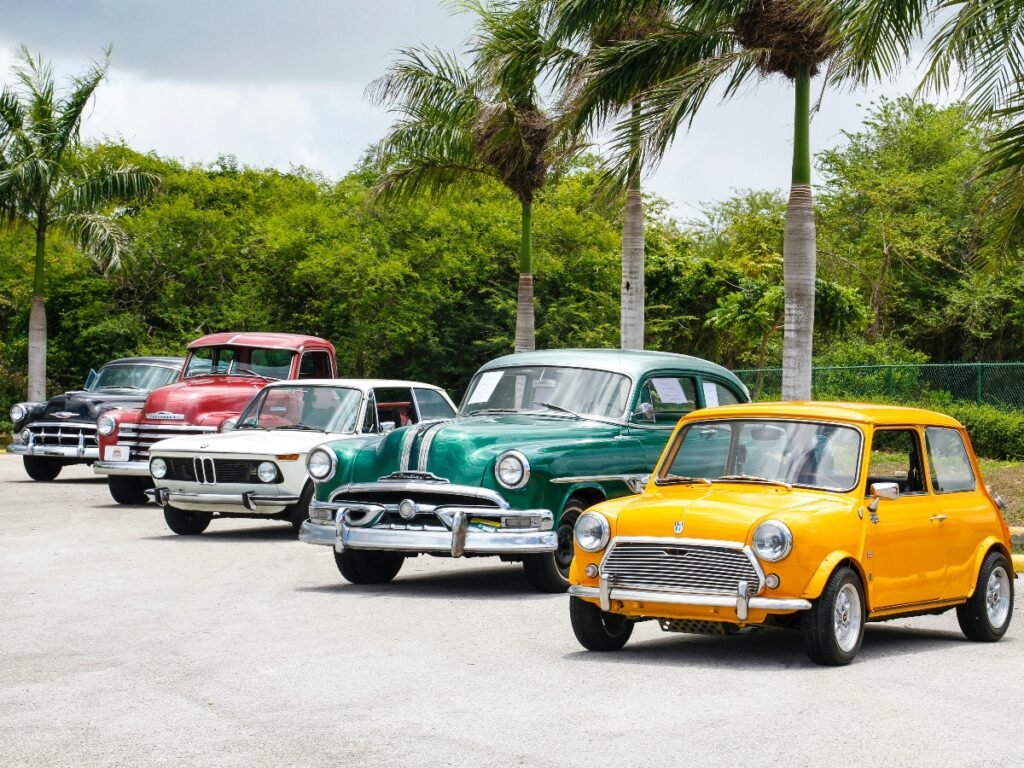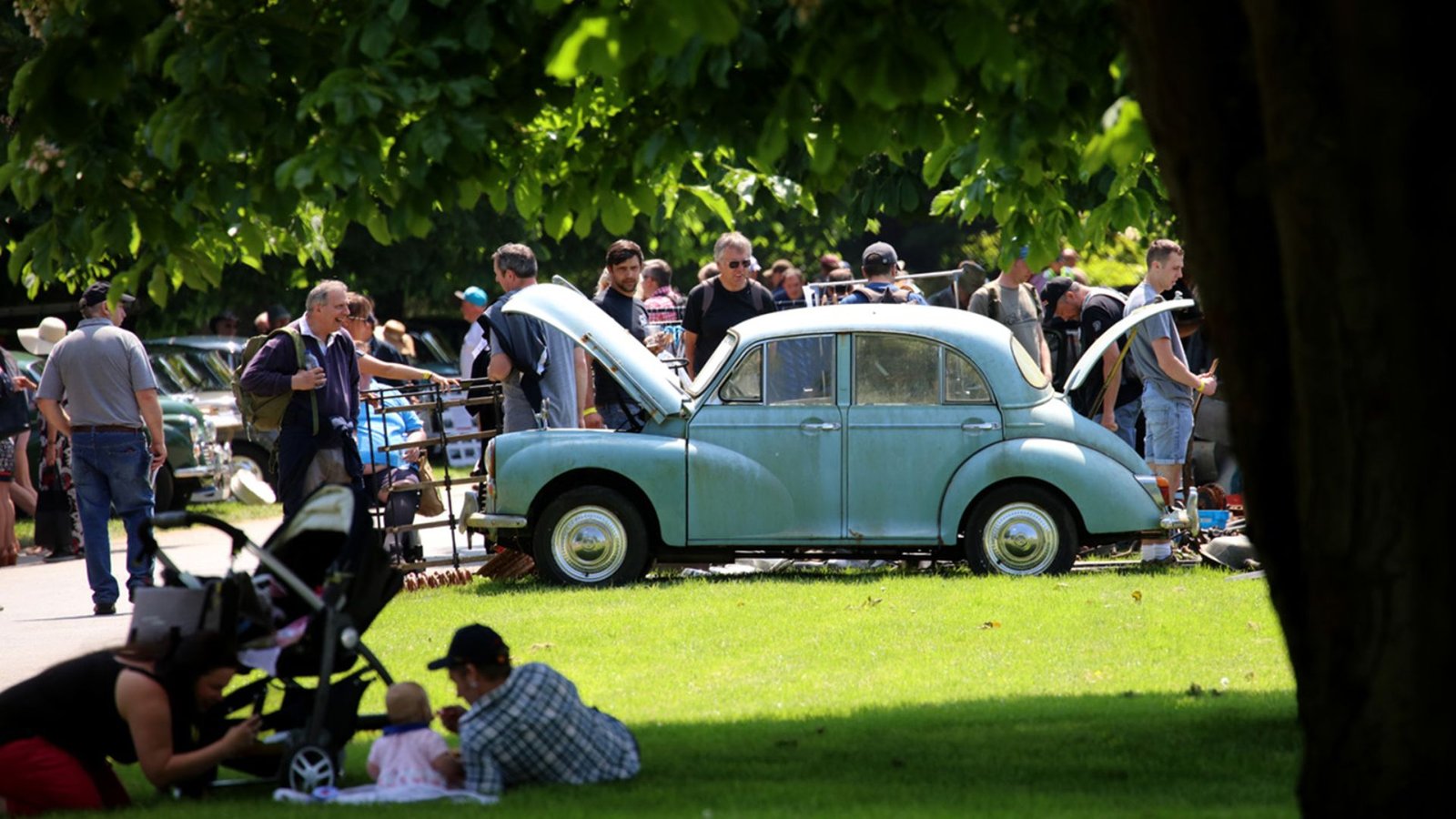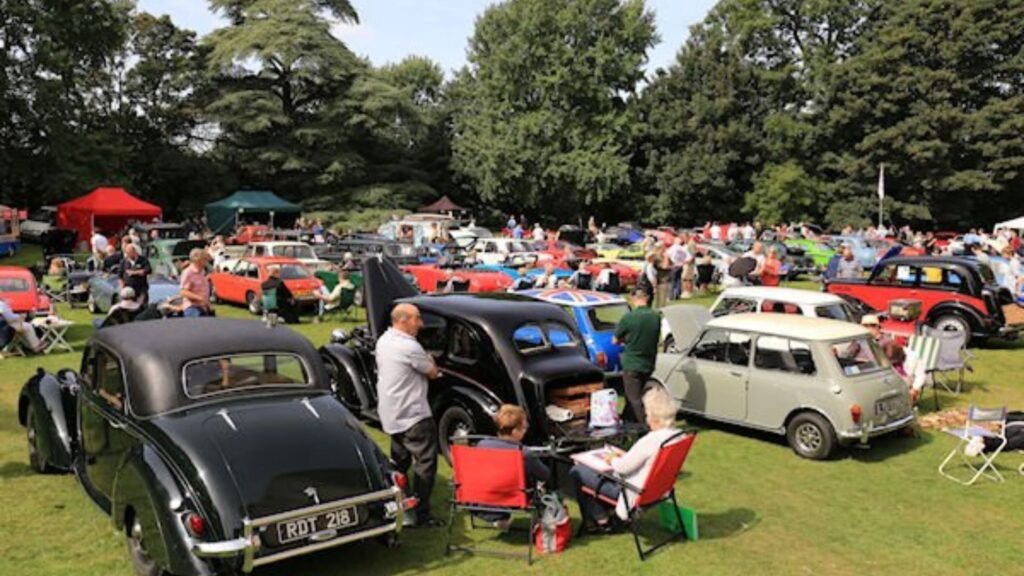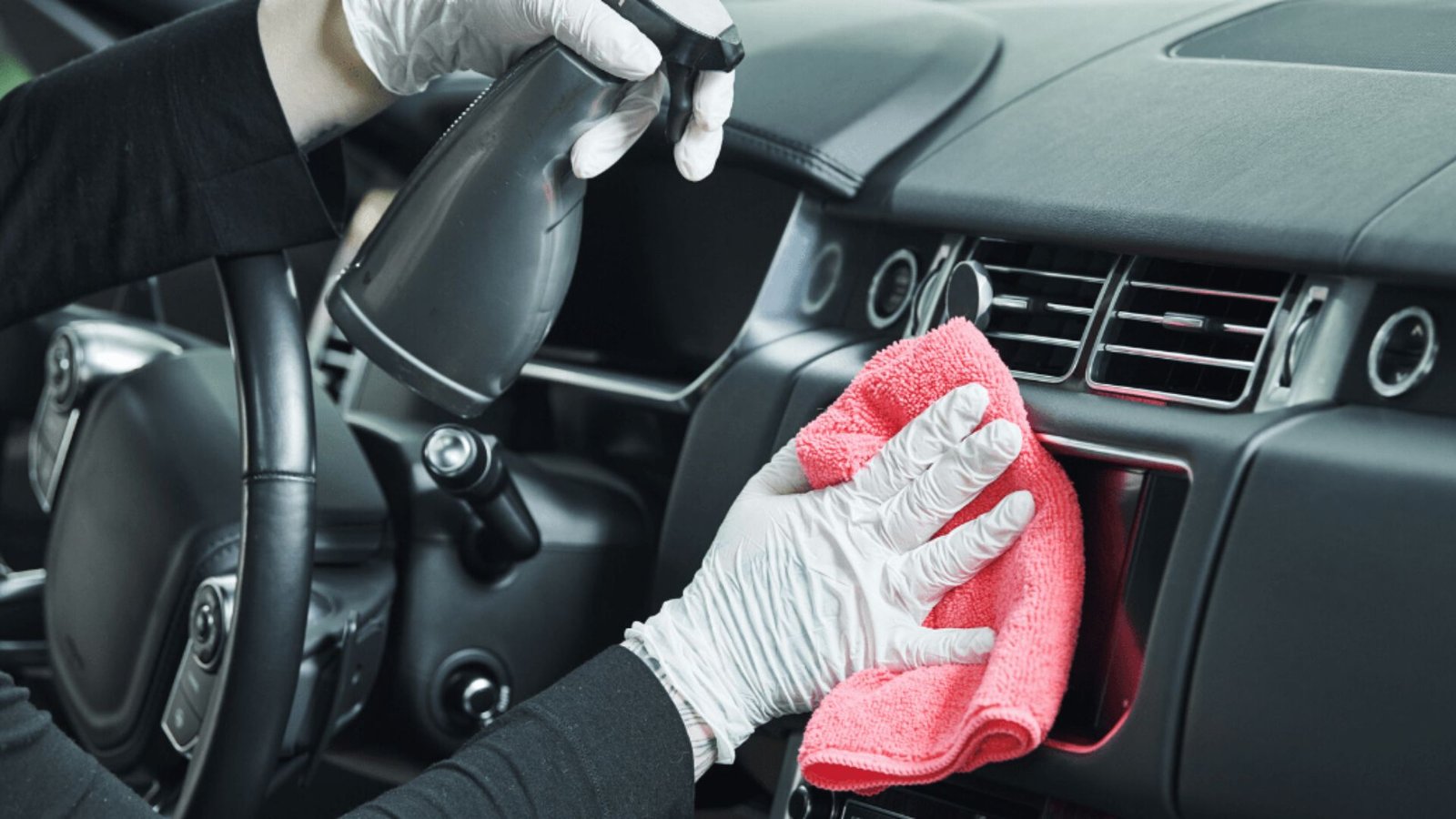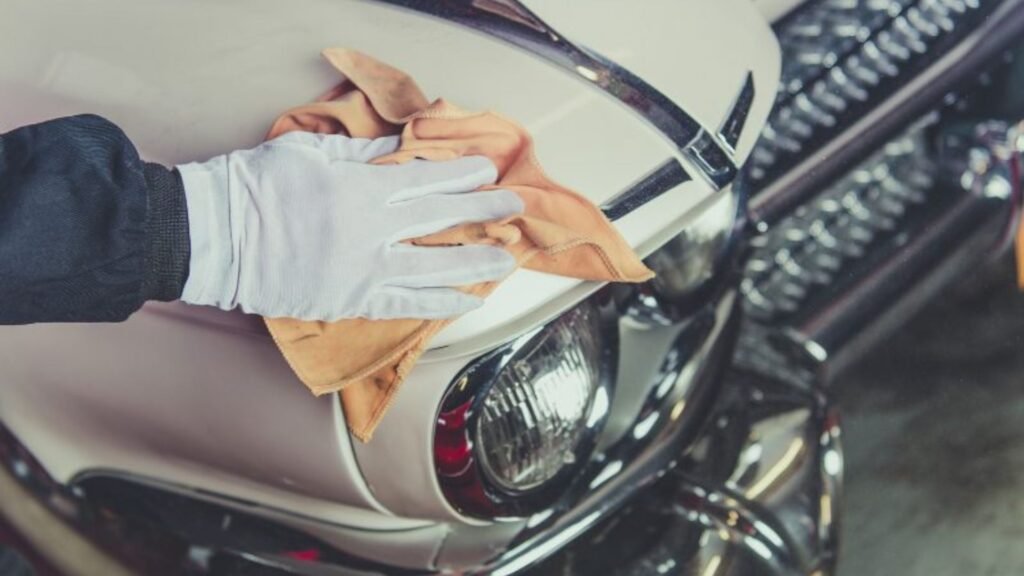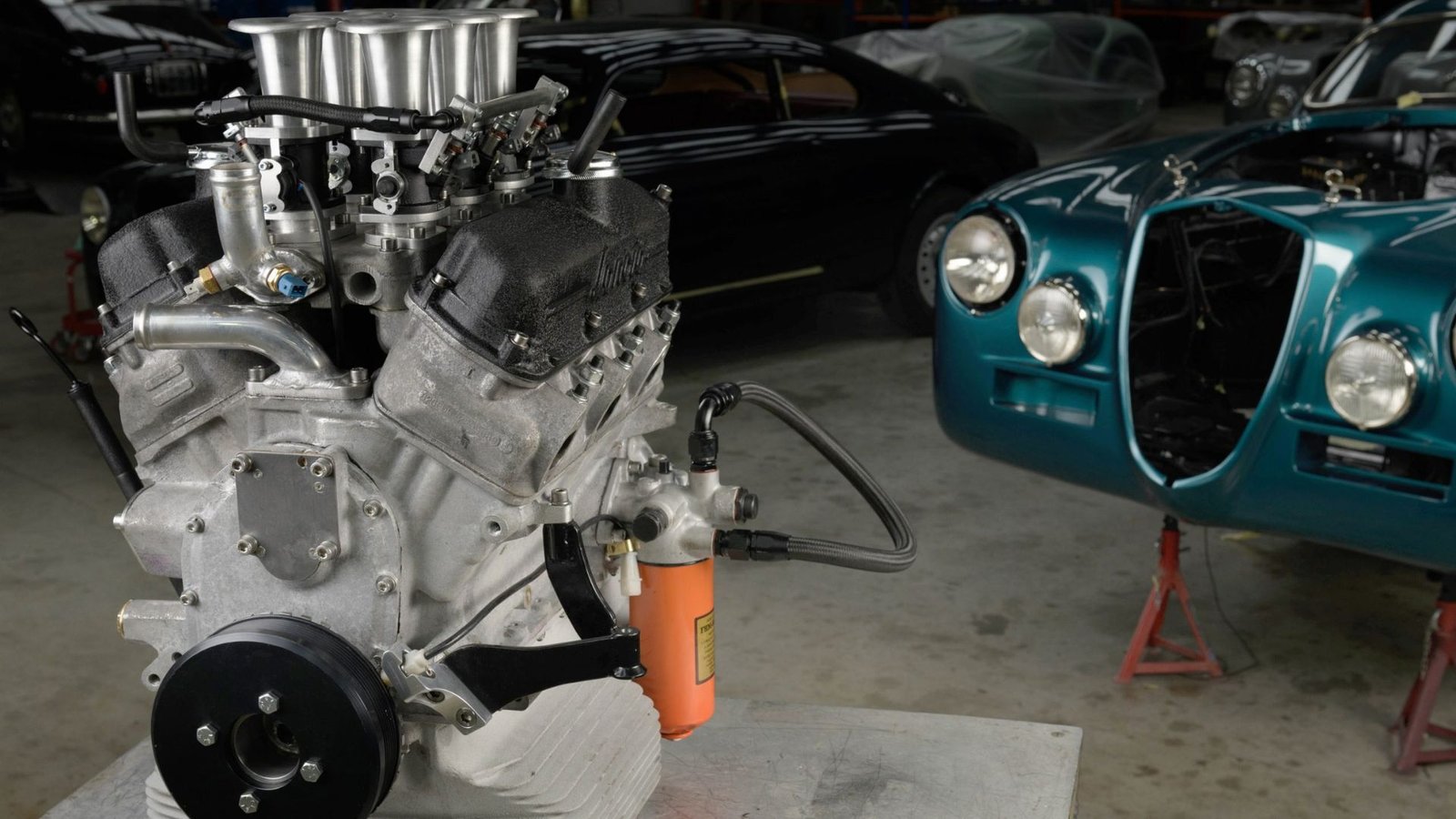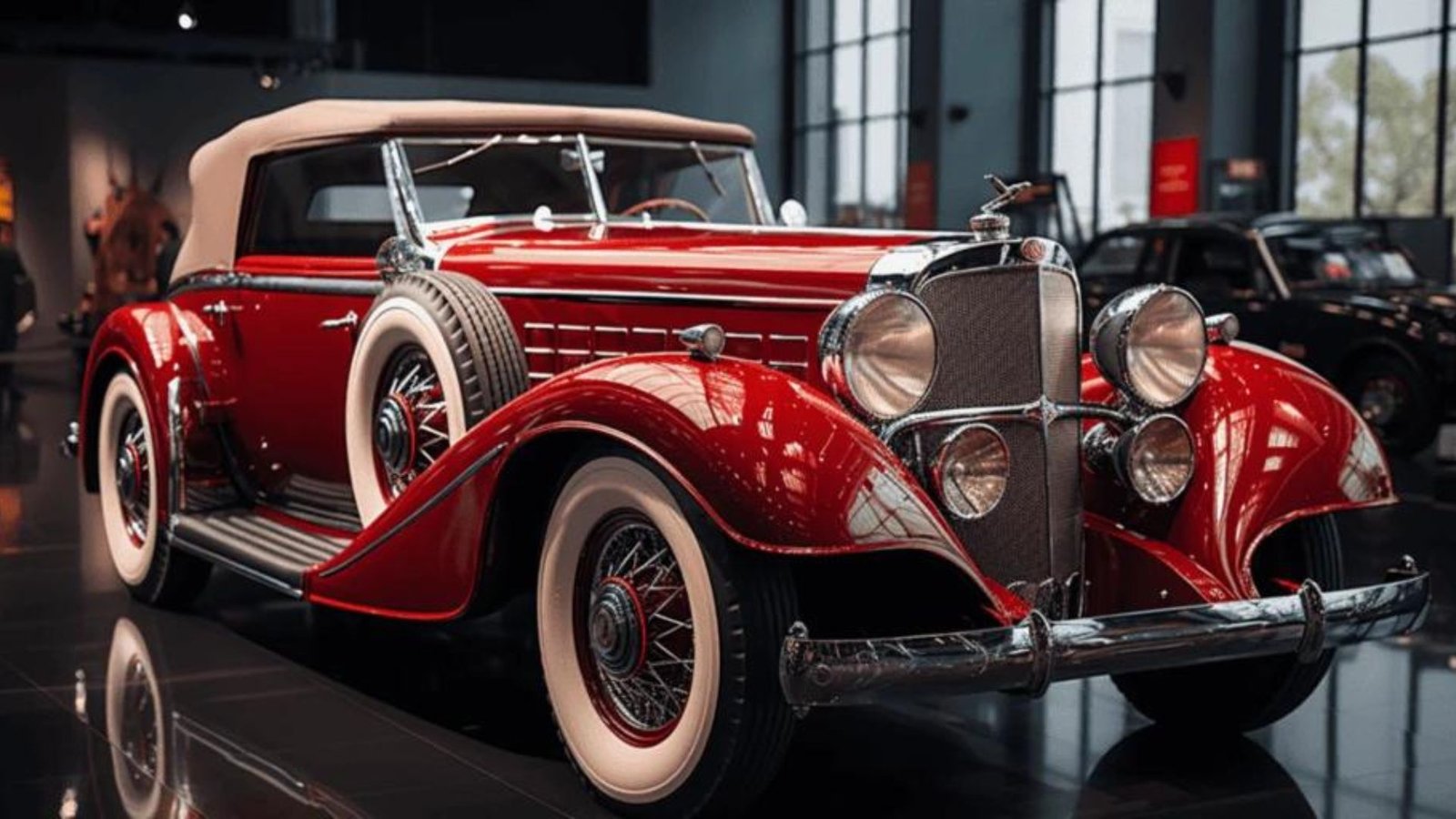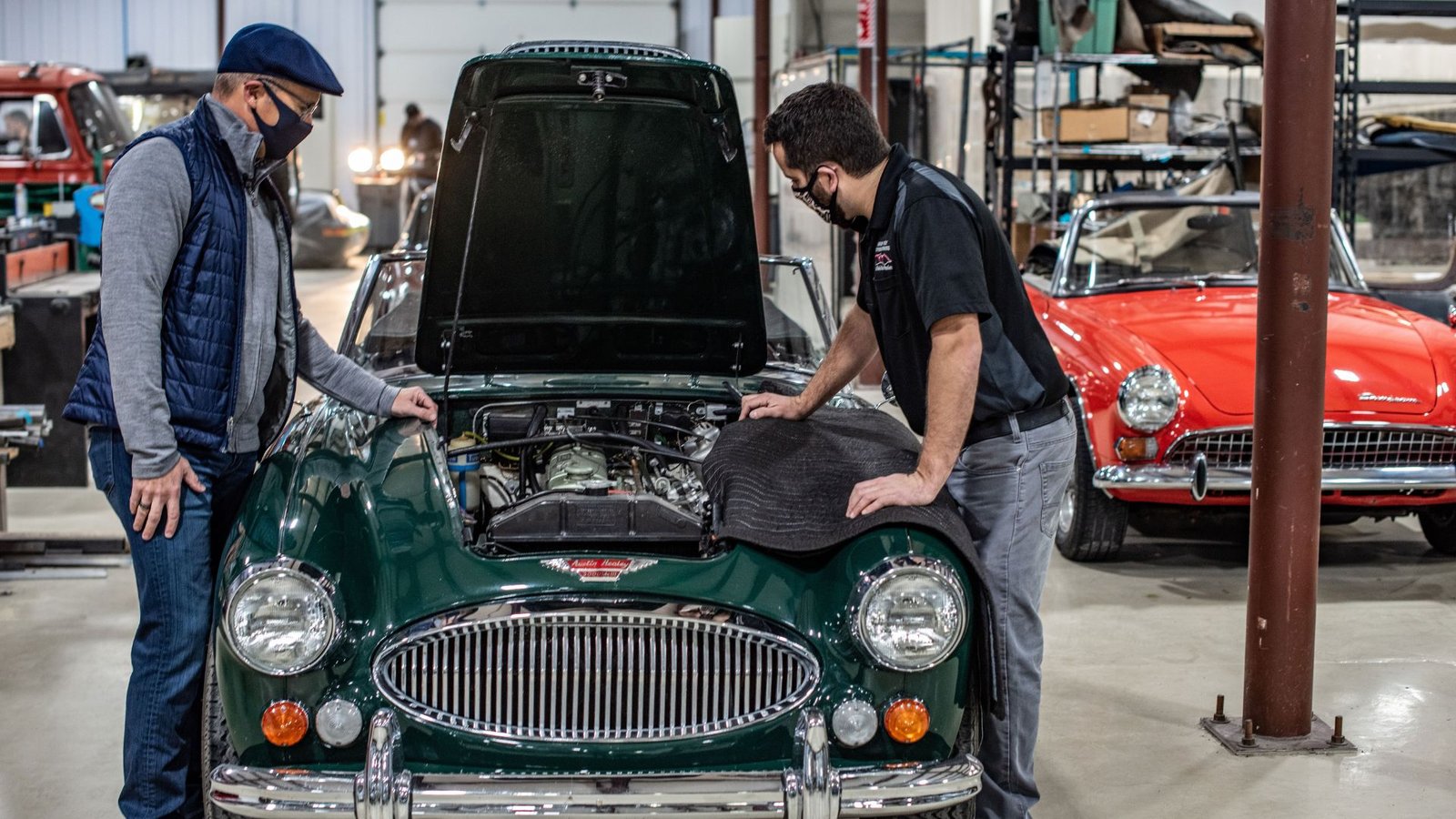How to Insure Vintage Cars
Owning a vintage car is a joy, bringing a sense of nostalgia, history, and pride. However, it also comes with the responsibility of protecting your investment. Knowing how to insure vintage cars properly is crucial to safeguard these valuable assets. Unlike regular car insurance, insuring a vintage car requires special consideration due to its unique value and usage. This guide will walk you through the essential steps to insure vintage cars effectively.

Understanding Vintage Car Insurance
Before you dive into insuring your classic car, it’s essential to understand what makes vintage car insurance different from standard auto insurance. Vintage car insurance is specifically designed to cover vehicles that are considered classic, antique, or collectible. These policies often come with specialized coverage options that reflect the unique nature and value of vintage cars.
Unlike regular cars, which depreciate over time, vintage cars often appreciate or maintain their value. Therefore, the insurance policy must reflect the car’s true market value, which might not be the same as its purchase price. Insuring vintage cars usually involves an agreed value policy, where the car’s value is determined upfront and agreed upon by both the owner and the insurance provider.
Eligibility Criteria for Vintage Car Insurance
Not all cars qualify for vintage car insurance. To insure vintage cars, the vehicle typically needs to meet specific criteria set by insurance providers. Generally, a vintage car must be at least 20 to 25 years old. It should also be well-maintained and in good working condition. Additionally, these cars are often expected to be used primarily for car shows, exhibitions, and occasional leisure drives, rather than daily commuting.
Another common requirement for insuring vintage cars is secure storage. Insurance providers usually insist that the car be stored in a garage or another enclosed facility to protect it from theft, vandalism, and environmental damage. Meeting these criteria helps ensure that your car qualifies for specialized vintage car insurance.
Choosing the Right Coverage
When you decide to insure vintage cars, choosing the right coverage is crucial. Several coverage options are available, and selecting the appropriate one depends on your car’s usage, value, and personal preferences.
Agreed Value Coverage
One of the most popular choices for vintage car owners is agreed value coverage. This type of policy ensures that in the event of a total loss, the insurer will pay the agreed-upon value of the car without depreciation. This coverage provides peace of mind, knowing that the car’s full value is protected.
Spare Parts and Restoration Coverage
Vintage cars often require rare or hard-to-find parts for maintenance and restoration. Insurance policies for vintage cars may offer coverage for spare parts and restoration costs. This coverage helps offset the expenses of acquiring authentic parts and completing repairs to maintain the car’s originality.
Liability Coverage
Just like with regular car insurance, liability coverage is essential when you insure vintage cars. It protects you in case of accidents where you are found at fault, covering bodily injury and property damage. Since vintage cars are often driven less frequently, liability premiums may be lower, but it’s still crucial to have adequate protection.
Roadside Assistance and Towing
Vintage cars may sometimes need special care when it comes to roadside assistance and towing. Opting for coverage that includes specialized towing services ensures that your car is handled carefully and transported safely in case of a breakdown.
Finding the Right Insurance Provider
Selecting the right insurance provider is as important as choosing the right coverage. When looking to insure vintage cars, consider working with companies that specialize in classic car insurance. These providers understand the unique needs and requirements of vintage car owners and offer tailored policies. They are more likely to provide agreed value policies and other specialized coverages that mainstream insurers may not offer.
It’s also beneficial to read reviews and seek recommendations from other vintage car enthusiasts. They can provide insights into which companies offer the best customer service, claims handling, and coverage options.
Maintaining Your Vintage Car Insurance Policy
Once you have successfully insured your vintage car, maintaining the policy is crucial to ensure ongoing protection. Regularly review the policy to ensure that the agreed value reflects any appreciation in the car’s value. Keep documentation of all maintenance, restorations, and upgrades, as these records can help support your car’s value in case of a claim.
Additionally, follow any guidelines set by your insurance provider regarding the car’s usage and storage. Adhering to these conditions helps avoid any issues with claims and keeps your policy in good standing.
Final Thoughts on Insuring Vintage Cars
Knowing how to insure vintage cars effectively is key to protecting your classic vehicle investment. By understanding the unique requirements, choosing the right coverage, and selecting a specialized insurance provider, you can ensure that your vintage car is well-protected. Regularly reviewing and maintaining your insurance policy also helps keep your car’s value secure. With the right approach, insuring your vintage car can provide peace of mind and allow you to enjoy your classic ride for years to come.
